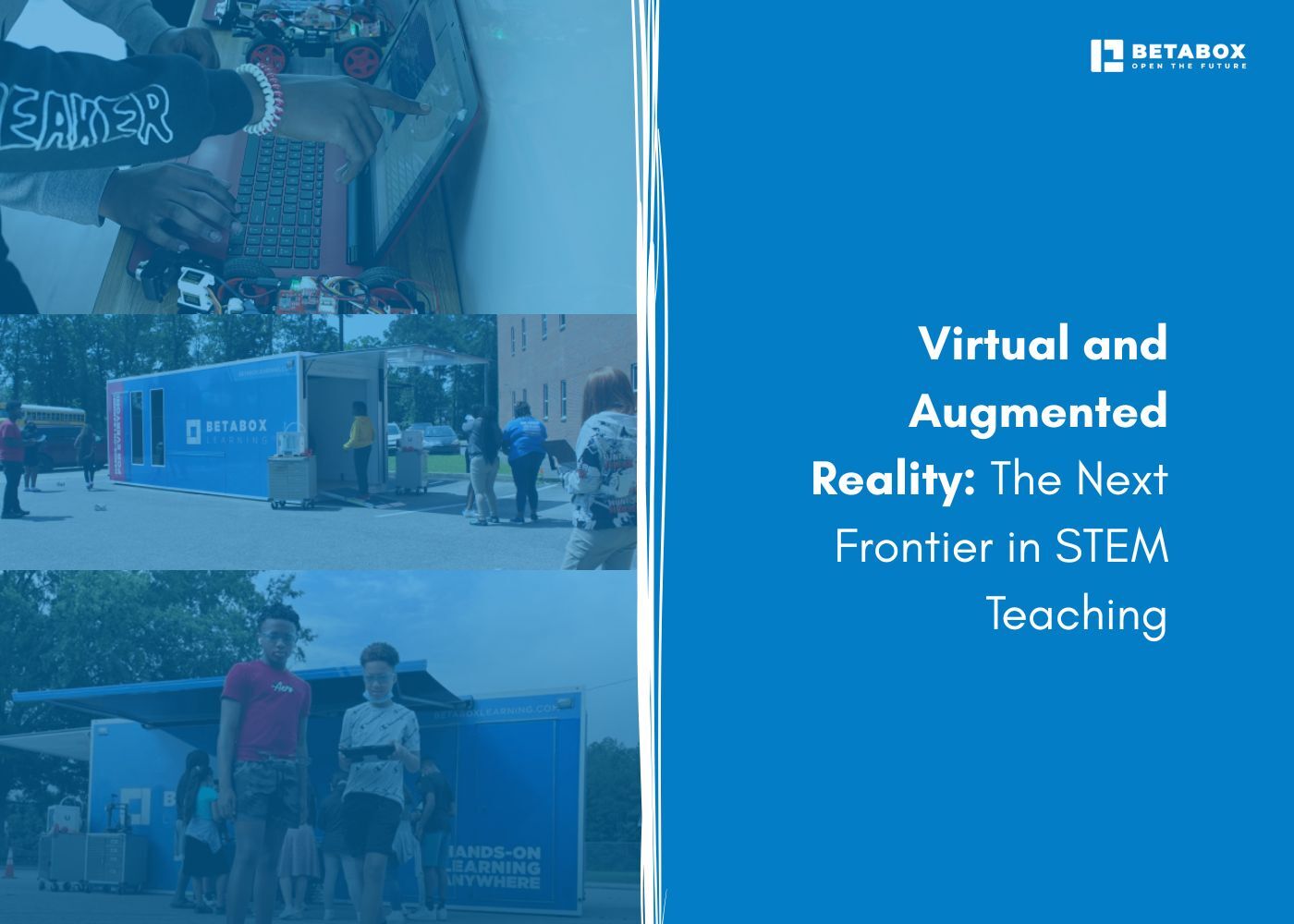
The traditional STEM classroom is undergoing a radical transformation. Students no longer need to imagine molecular structures or visualize engineering principles from textbooks alone. Virtual reality (VR) and augmented reality (AR) are turning abstract concepts into tangible, interactive experiences that fundamentally change how young people engage with science, technology, engineering, and math.
Virtual reality immerses students in completely digital environments through headsets like Meta Quest or PICO. Put on the headset, and you're standing inside a human heart or exploring the surface of Mars.
Augmented reality overlays digital elements onto the real world through tablets, smartphones, or AR glasses. Point your device at a geometry problem, and 3D shapes appear on your desk, ready to rotate and manipulate.
Today's educational VR ranges from standalone headsets starting around $300 to sophisticated systems costing thousands. AR is more accessible. Most students already carry AR-capable devices in their pockets.
Many schools begin their immersive learning journey with mobile AR apps before committing to VR hardware investments.
Chemistry students can walk inside a chemical reaction, watching electrons transfer between atoms at human scale. Physics learners manipulate forces and vectors in three-dimensional space, building intuition that's impossible to develop from diagrams alone.
This visualization capability transforms how students grasp concepts that have historically been teaching bottlenecks.
Virtual labs let students conduct experiments that would be too dangerous, expensive, or time-consuming in physical classrooms. Combine volatile chemicals, launch virtual rockets, or dissect complex organisms without ethical concerns or cleanup.
Failure becomes a learning tool rather than a costly mistake.
When students report feeling "present" in a virtual environment, their attention and retention improve. The novelty factor wears off quickly, but the engagement boost from spatial, hands-on interaction remains.
Students who struggle with traditional instruction often thrive when they can physically manipulate 3D models and move through simulated spaces.
Schools without advanced lab facilities can provide equivalent experiences through VR simulations. Students titrate solutions, observe cellular processes, or conduct forensic investigations in richly detailed virtual environments.
These platforms track student actions and provide real-time feedback, something physical labs cannot always offer.
Augmented reality excels at spatial reasoning challenges. Geometry students overlay 3D shapes onto their desks, rotating and dissecting them to understand volume and surface area intuitively.
Engineering students visualize how mechanical systems fit together, identifying design flaws before building physical prototypes.
VR transports students to ecosystems they'd never otherwise visit. Explore coral reefs, rainforest canopies, or Arctic tundra while learning about biodiversity and climate systems.
Historical reconstructions let students walk through ancient civilizations, connecting STEM concepts to human contexts.
Quality VR headsets represent a significant per-student investment. Schools must also consider charging stations, storage solutions, software licenses, and regular hardware updates.
AR's lower barrier to entry makes it a practical starting point, though it offers less immersive experiences than full VR.
Effective VR and AR implementation requires more than hardware. Teachers need professional development to integrate these tools meaningfully rather than using them as digital field trips disconnected from core instruction.
Betabox's onsite workshops help educators build confidence with emerging technologies through hands-on professional development that models effective classroom integration.
Not all schools have equal resources to invest in immersive technology. Rural and under-resourced districts risk falling further behind as wealthier schools adopt VR and AR.
Organizations focused on closing technology gaps recognize that access to cutting-edge learning tools shouldn't depend on zip code. Betabox partners with schools and stakeholders to bring hands-on STEM experiences to communities that need them most, including emerging technologies that prepare students for technology-enabled careers.
Current VR technology can cause motion sickness in some users. Younger students may struggle with complex interfaces. Content quality varies widely, and not all educational VR experiences are pedagogically sound.
Schools need evaluation frameworks to separate effective learning tools from flashy distractions.
Next-generation immersive learning will combine VR environments with artificial intelligence tutors that adapt to individual student needs. Imagine a virtual lab assistant that notices your confusion and adjusts the complexity in real time.
Hardware is becoming more comfortable, affordable, and user-friendly each year. As form factors improve and costs decrease, VR and AR will shift from specialized tools to everyday classroom resources.
Future STEM classrooms may connect students across continents in shared virtual laboratories. Collaborative problem-solving in immersive environments could break down geographic barriers and expose students to diverse perspectives.
The most effective approach combines virtual experiences with tangible making. Students might design in VR, then build physical prototypes, creating a feedback loop between digital and physical creation.
Blended approaches that leverage both traditional hands-on learning and immersive technology will likely prove more effective than either alone.
Virtual and augmented reality represent powerful additions to the STEM educator's toolkit, not replacements for proven teaching methods. These technologies excel at making abstract concepts concrete, providing safe experimental spaces, and engaging students through spatial, interactive experiences.
Schools considering immersive learning should start small with pilot programs, invest in teacher training alongside hardware, and focus on pedagogically sound content that aligns with learning objectives.
The STEM opportunity gap won't close through technology alone, but when combined with intentional curriculum design and equitable access, VR and AR can help open pathways into technology careers for students everywhere.
Ready to bring cutting-edge STEM experiences to your school?
Start your application to explore how hands-on learning resources can complement your technology integration efforts.
VR creates immersive simulations where students conduct experiments, explore environments, and manipulate 3D models. Common applications include virtual chemistry labs, physics simulations, and engineering design spaces that would be impractical or impossible in physical classrooms.
AR overlays digital information onto physical spaces, helping students visualize abstract concepts like molecular structures, geometric shapes, and mathematical functions. It enhances spatial reasoning and allows students to interact with concepts using familiar devices like tablets and smartphones.
VR supplements but doesn't fully replace physical labs. Virtual environments excel at dangerous or expensive experiments and provide excellent visualization tools. However, the tactile experience of working with actual materials and equipment remains valuable for developing practical laboratory skills.
Immersive technologies create a sense of presence that captures attention and makes learning feel relevant. Students become active participants rather than passive observers, manipulating objects and exploring spaces in ways that build intuition and understanding.
The primary barriers include upfront hardware costs, the need for teacher training, technical troubleshooting demands, equity concerns about access, and the challenge of finding high-quality educational content that aligns with curriculum standards rather than serving as digital distractions.


Ready to learn how Betabox resources can be implemented at your school or District?
Book a Blueprint Call

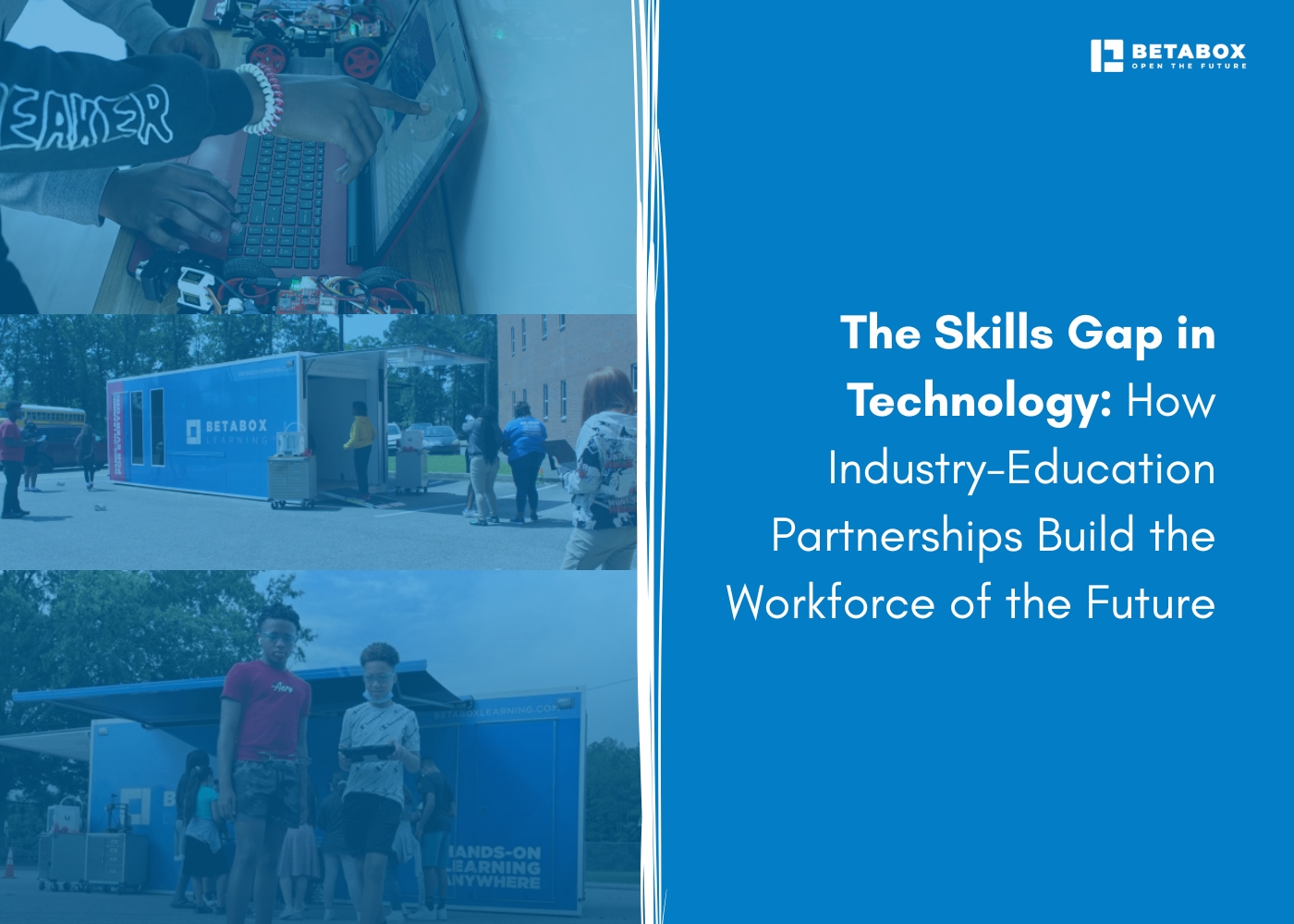

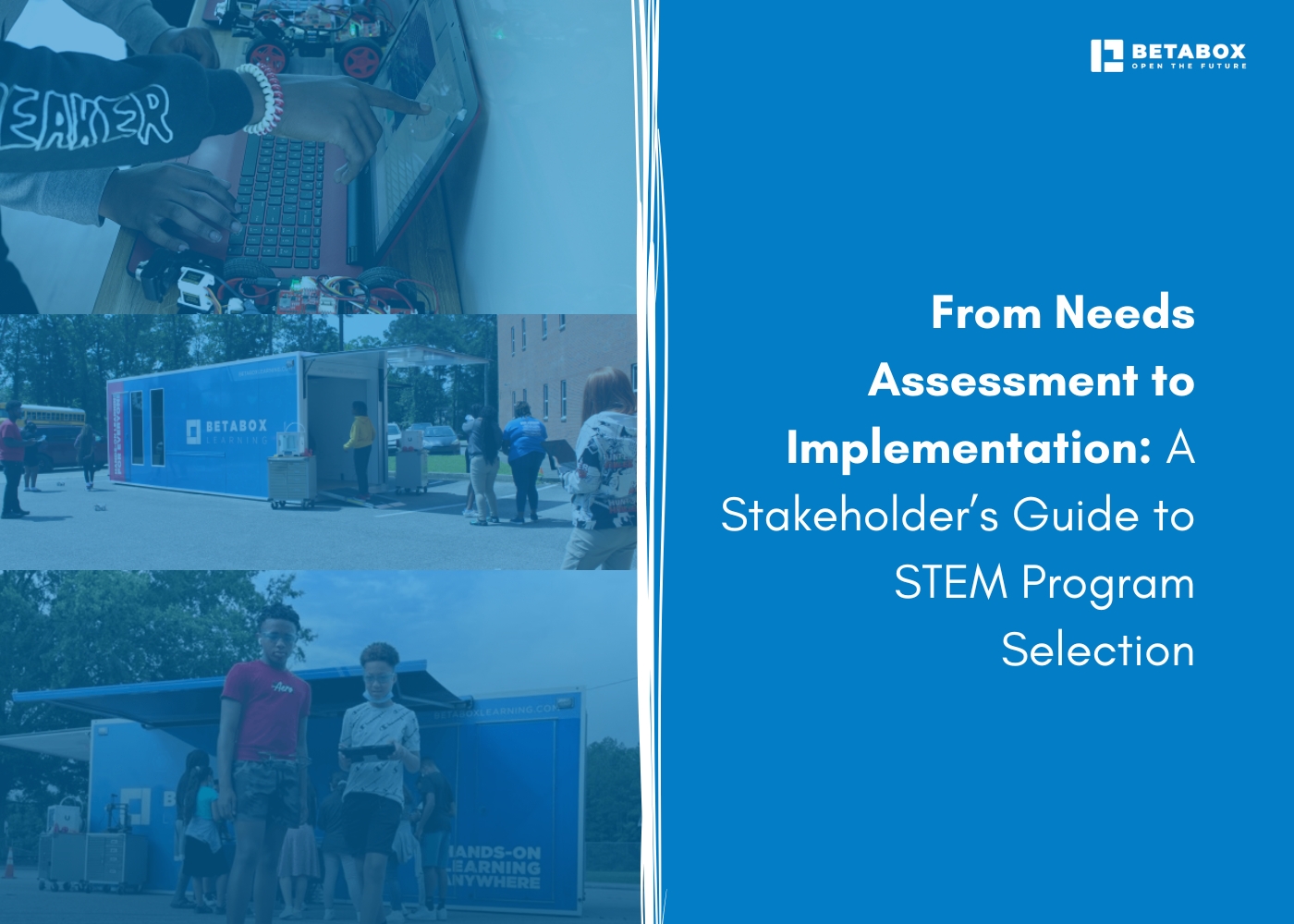

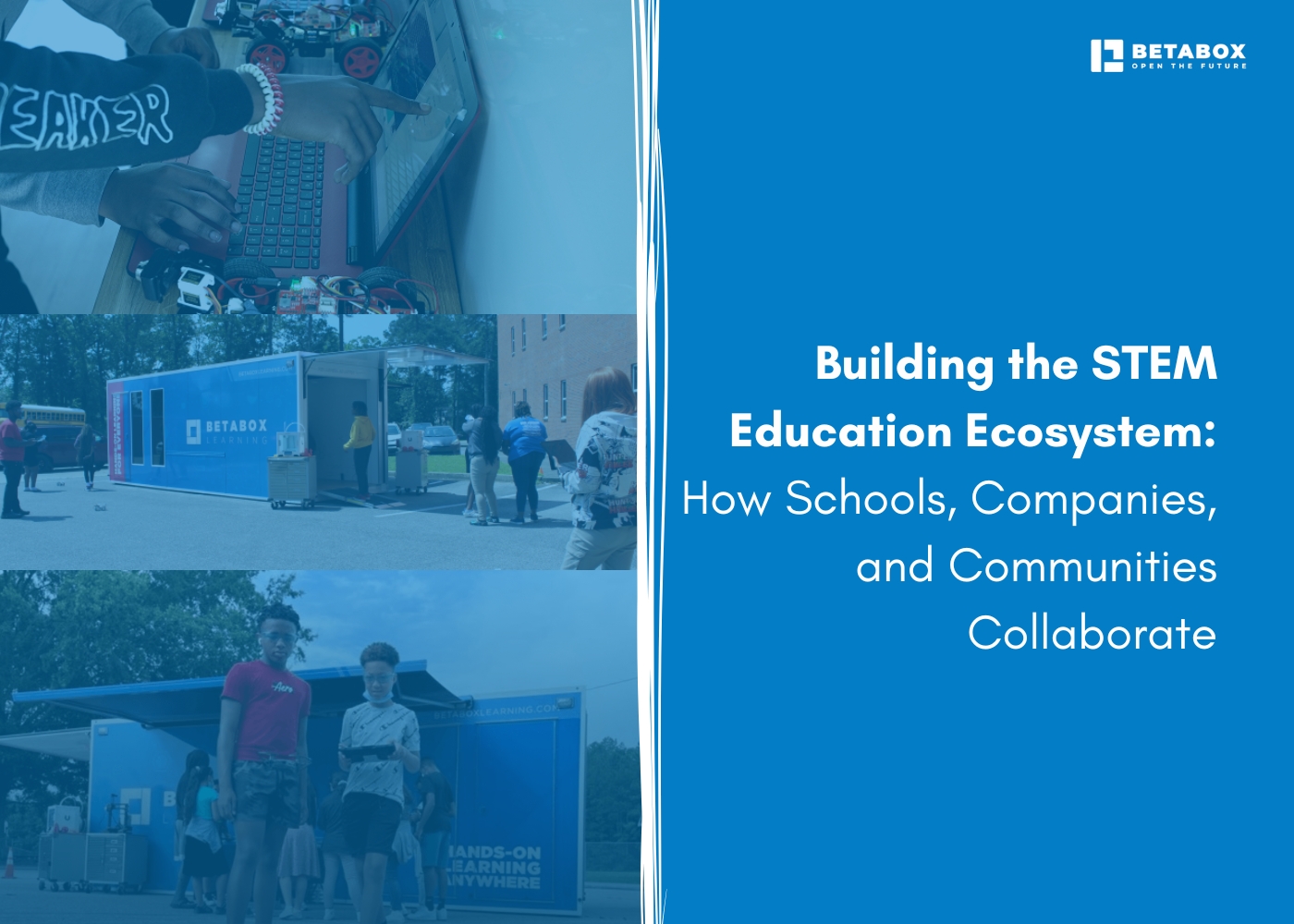

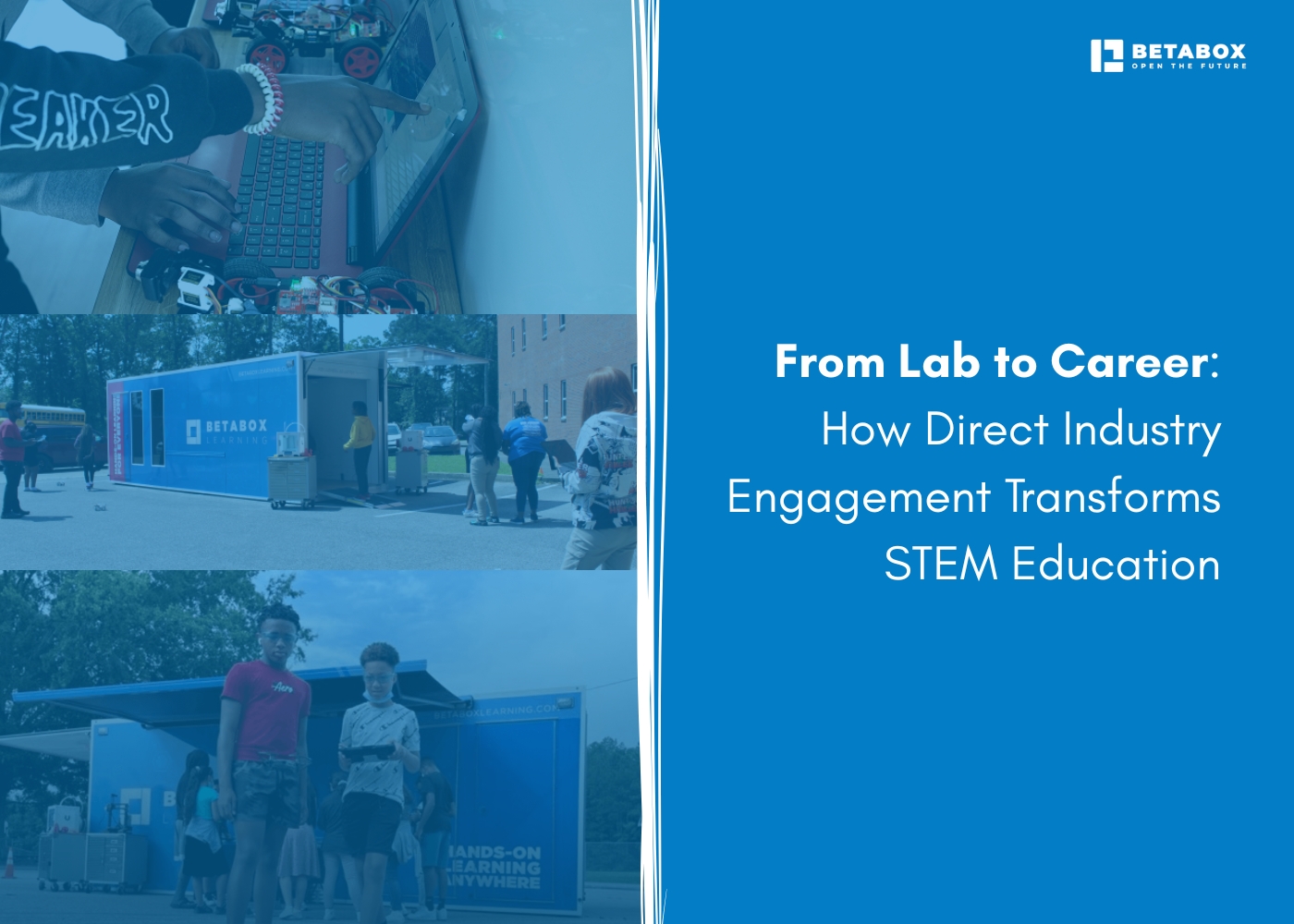

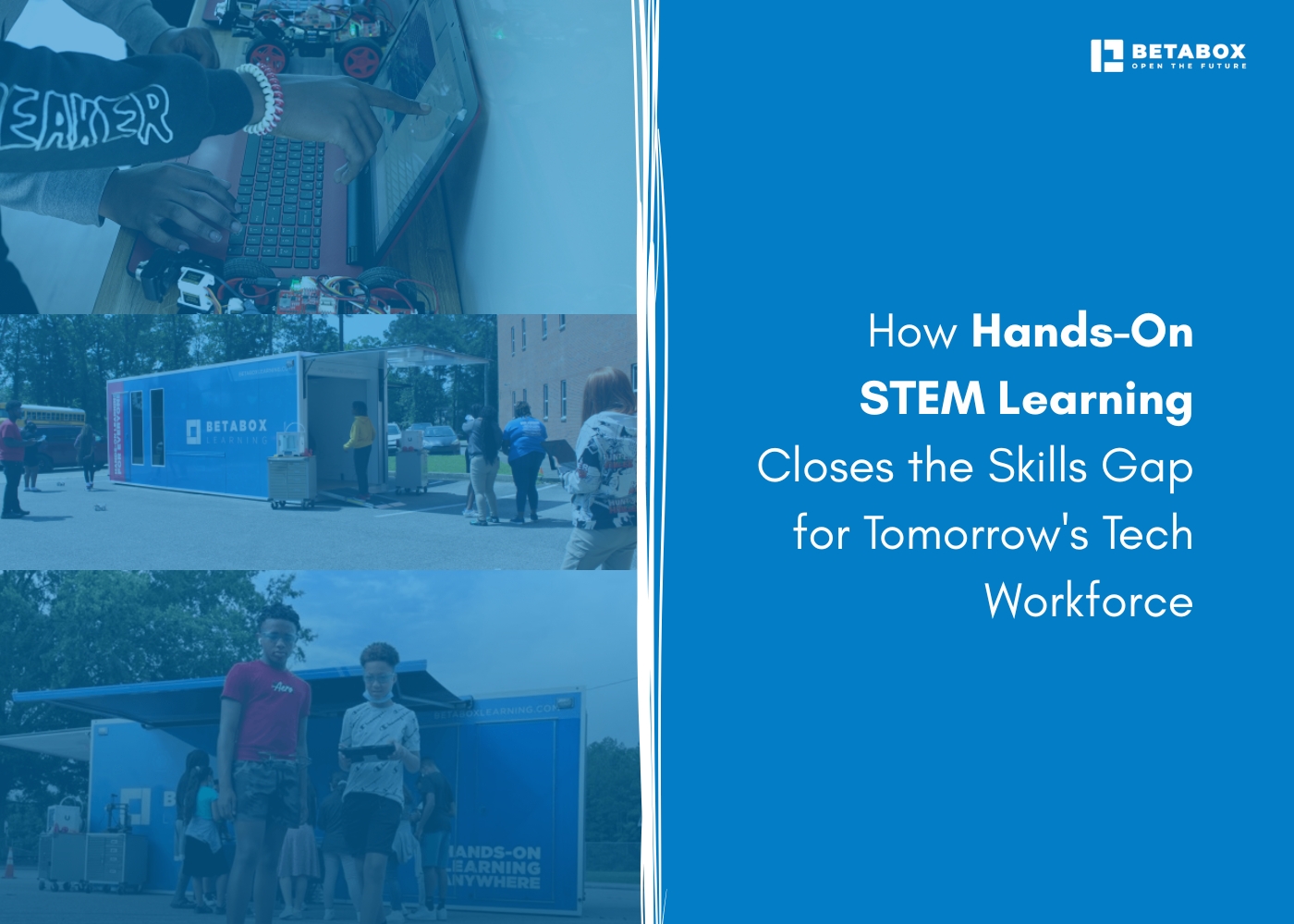

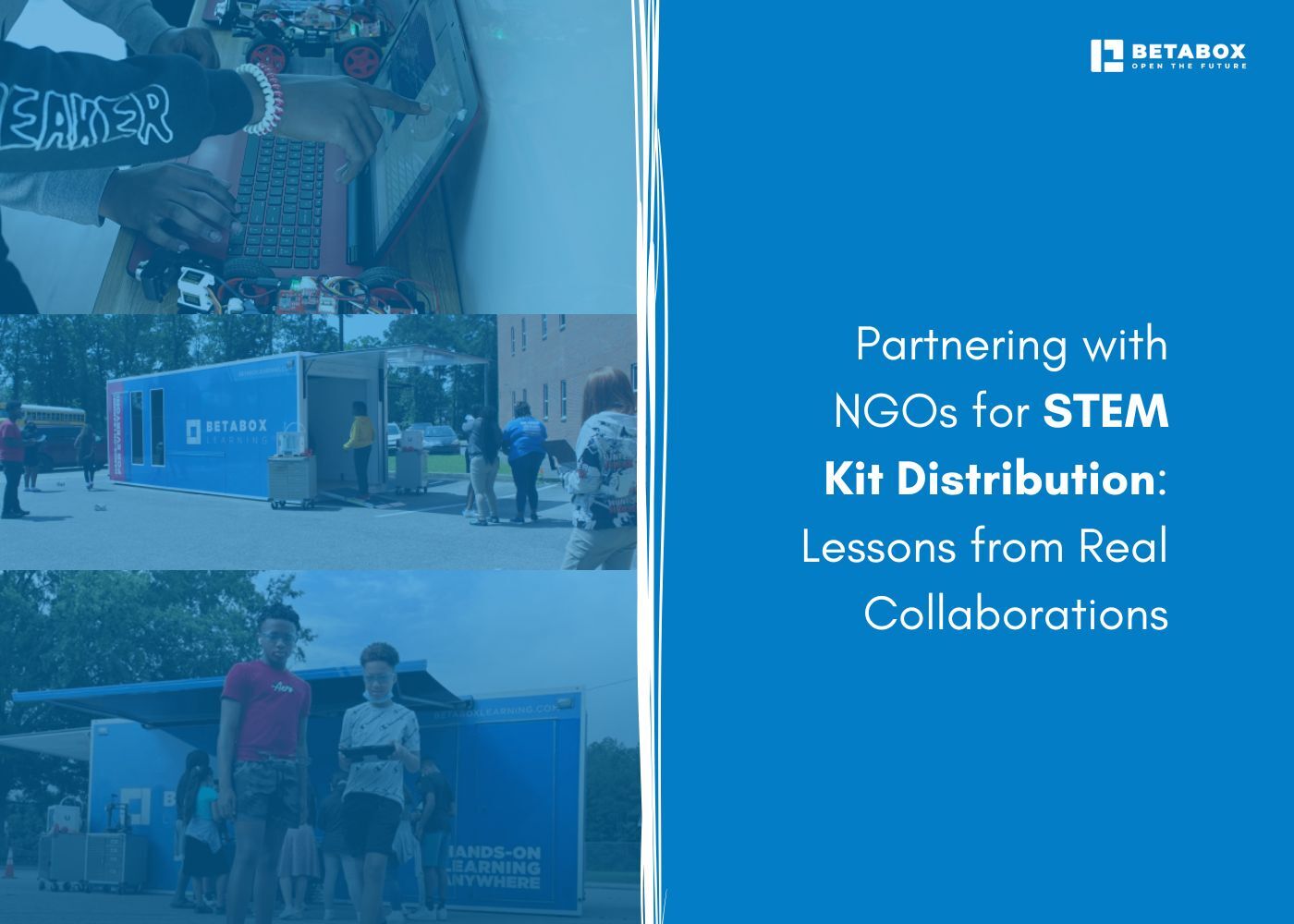

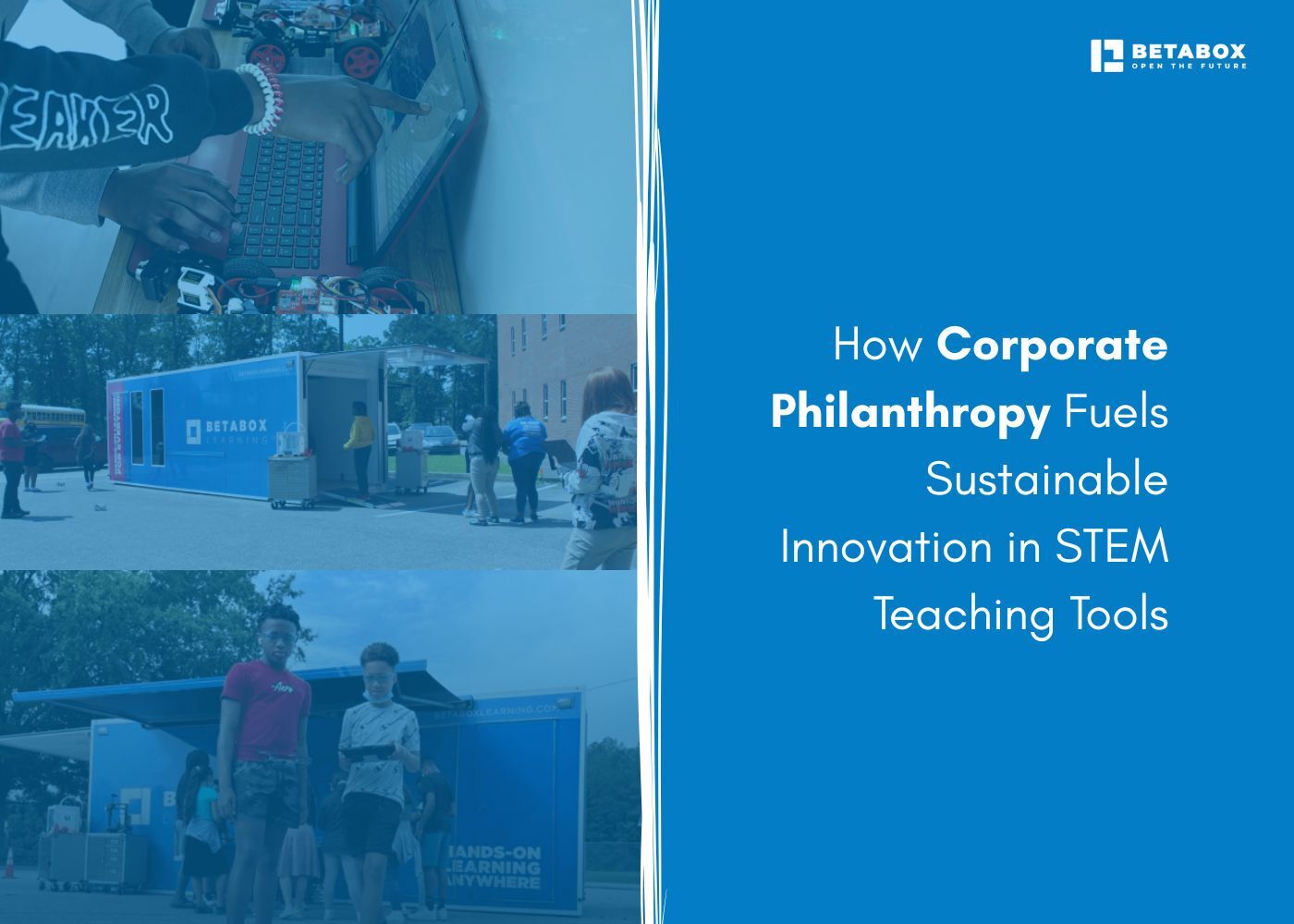

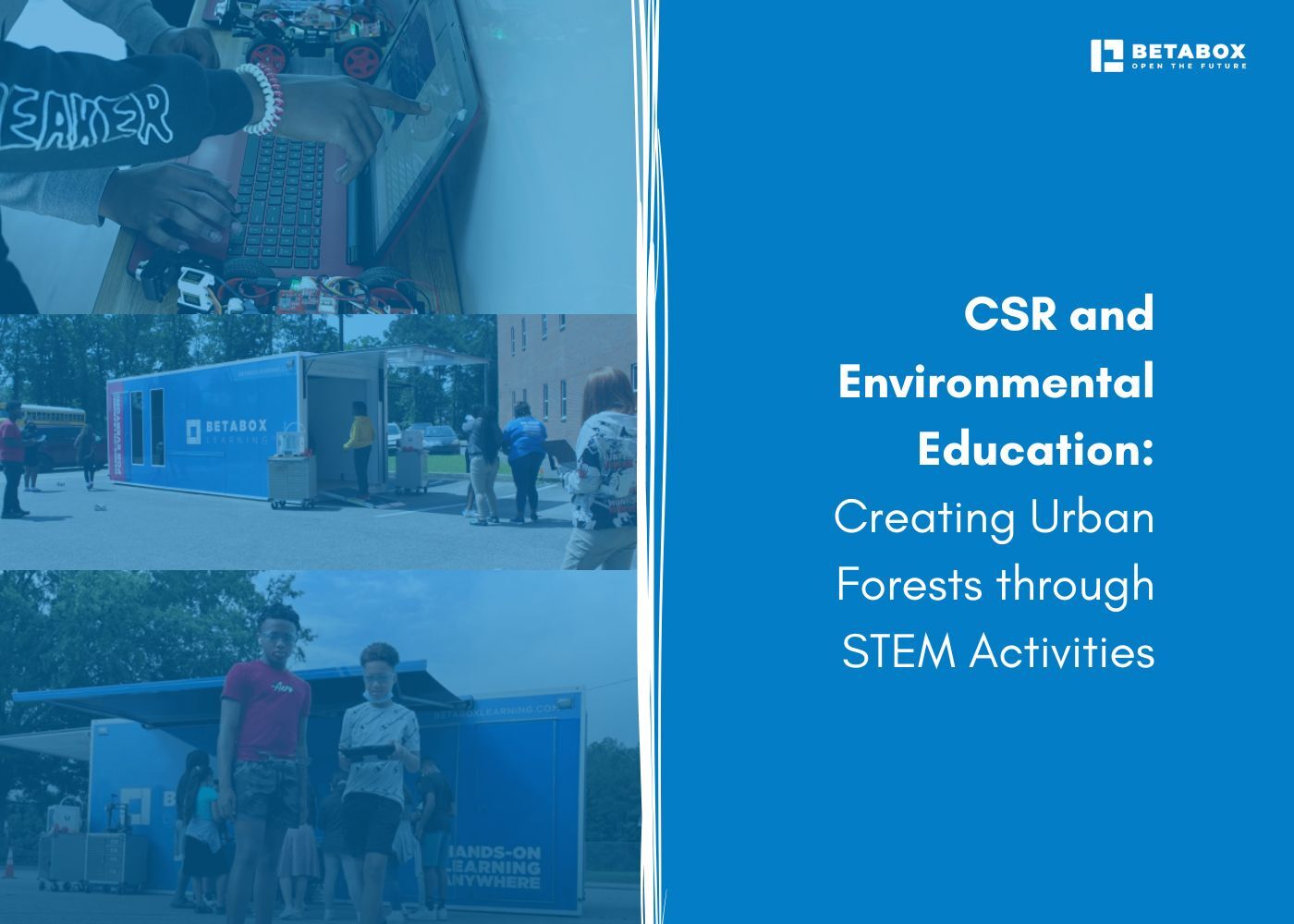

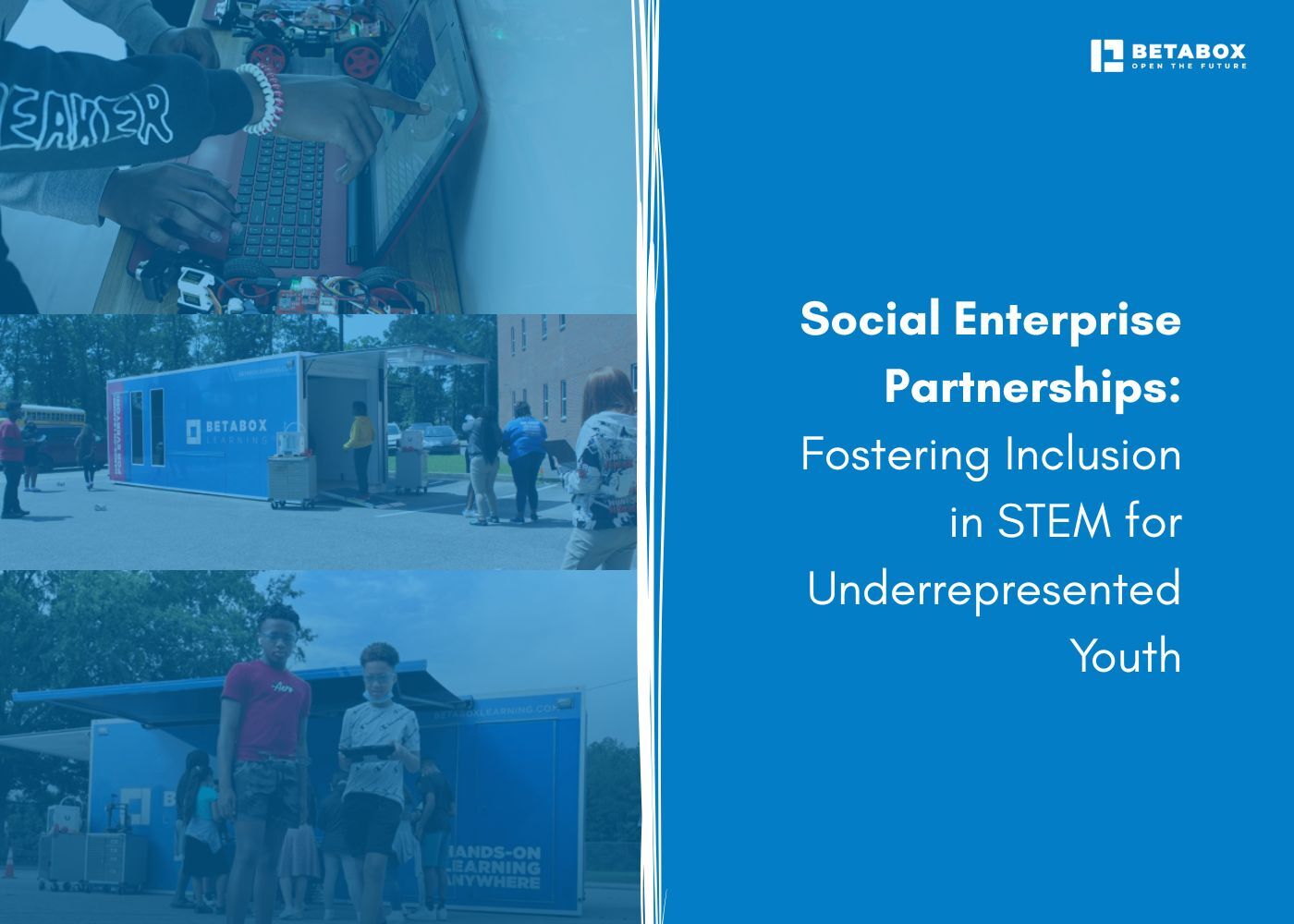

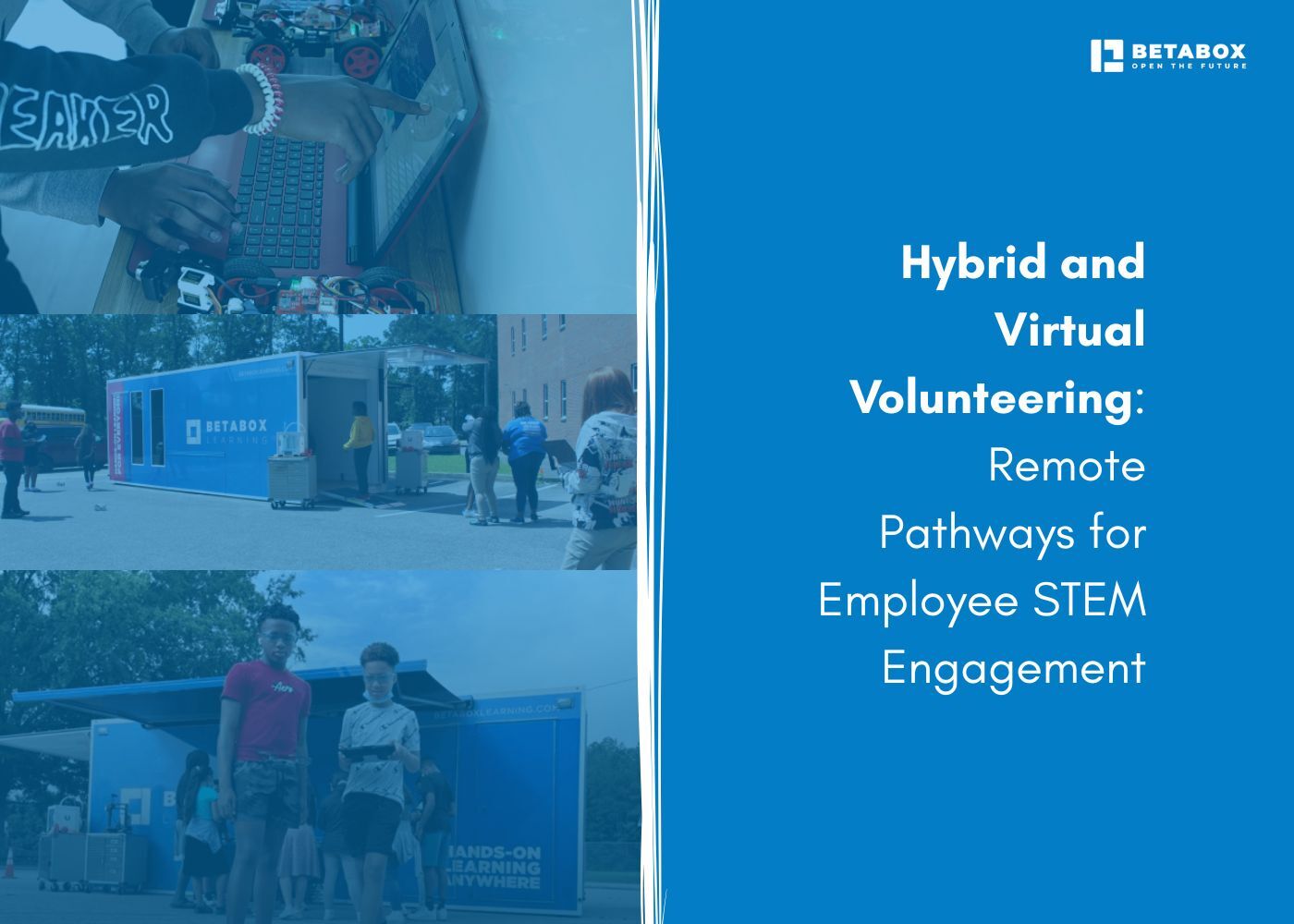

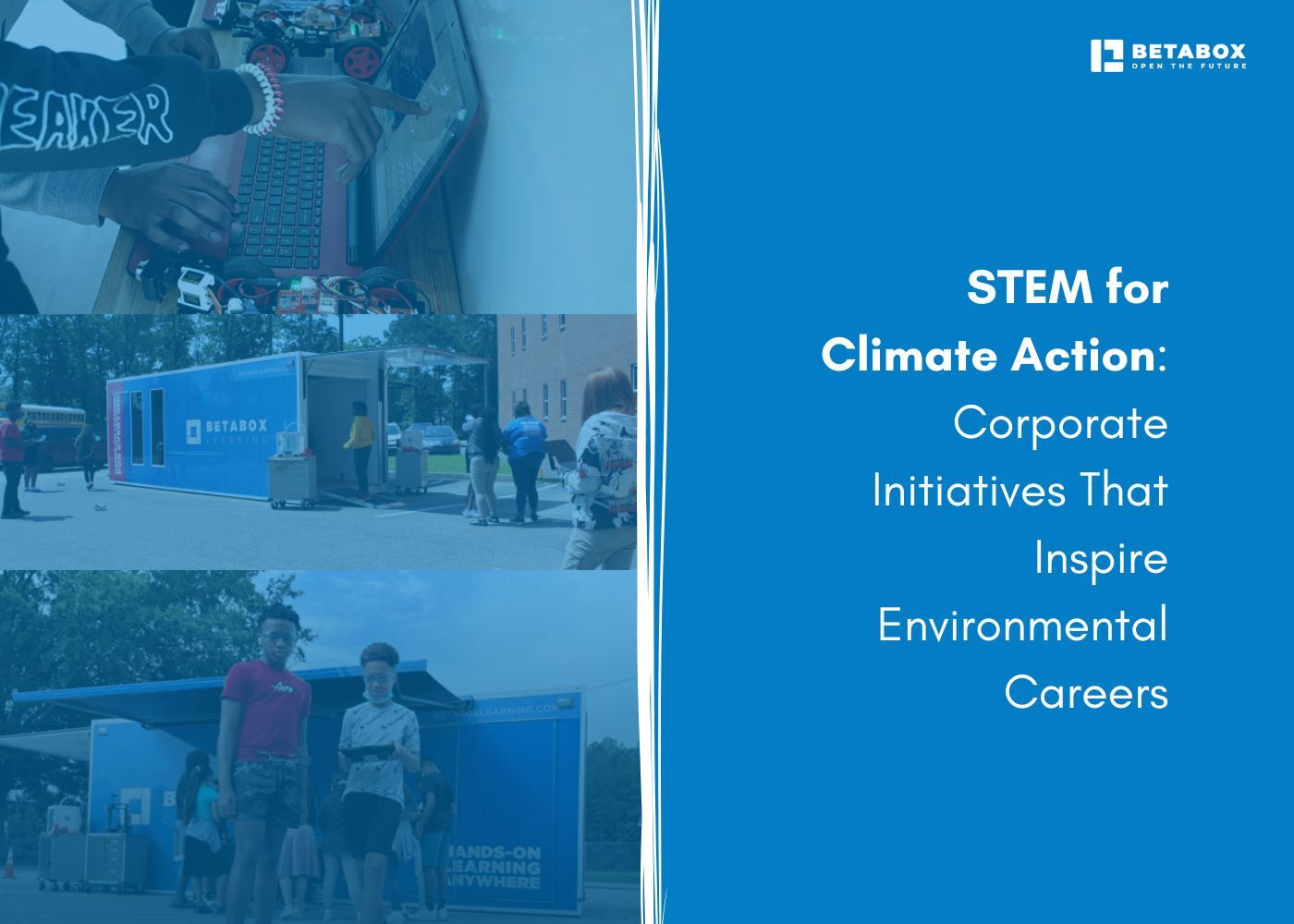



At Betabox Learning, we are passionate about making hands-on STEM curricula accessible to all students.

Join our newsletter to stay in the loop on all things Betabox and the future of STEM education.
By submitting your email address, you agree to our Privacy policy and Terms of Service. You can unsubscribe any time via the link in your email.
© 2025 Betabox. All Rights Reserved
